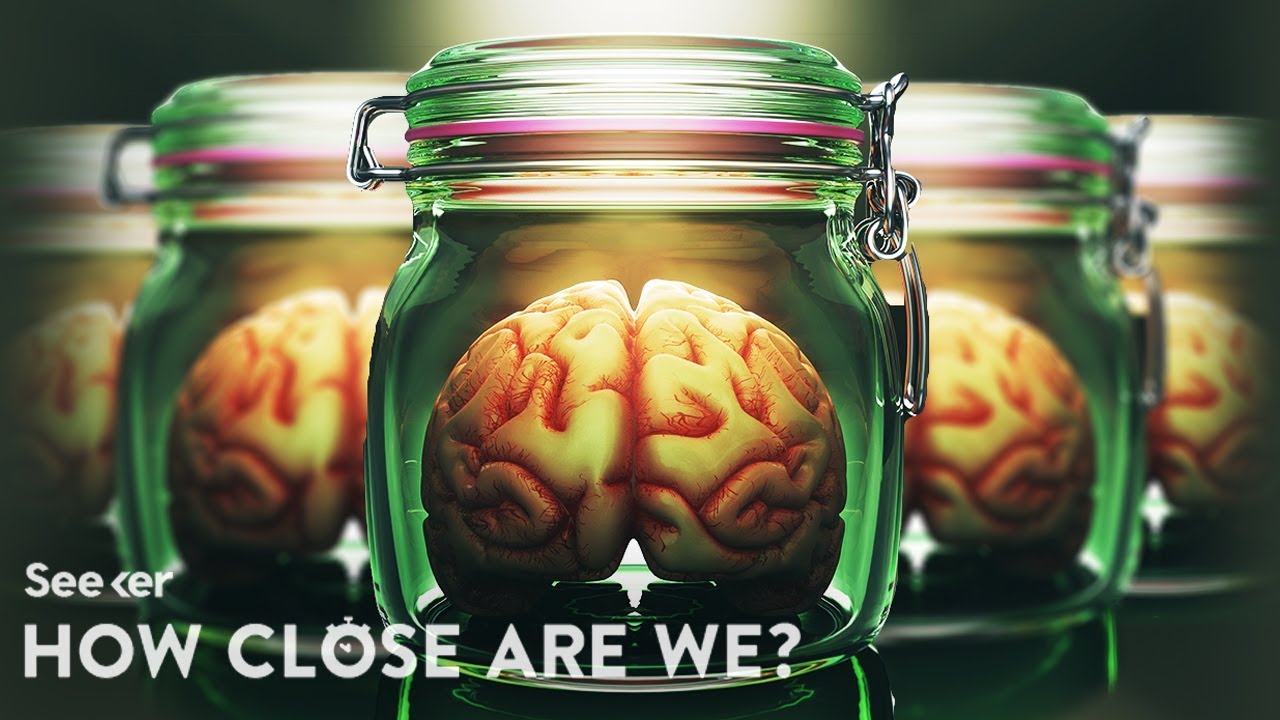
BYU researchers create tiny nano-device in newest gene therapy advance: Nanoinjector is used to transfer genes and DNA to new cells
The ability to transfer a gene or DNA sequence from one animal into the genome of another plays a critical role in the medical research of diseases such as cancer, Alzheimer’s and diabetes.
But the traditional method of transferring genetic material into a new cell, microinjection, has a serious downside. This method uses a hollow needle to pump a DNA-filled liquid into an egg cell nucleus, but that extra fluid causes the cell to swell and die 40 percent of the time.
Now a multidisciplinary team of Brigham Young University scientists has developed a way to significantly reduce cell death when introducing DNA into egg cells. The researchers have created a microscopic lance that delivers DNA to the cells through electrical forces.
“Because DNA is naturally negatively charged, it is attracted to the outside of the lance using positive voltage,” said Brian Jensen, BYU professor of mechanical engineering. “Once we insert the lance into a cell, we simply reverse the polarity of the electrical force and the lance releases the DNA.”




